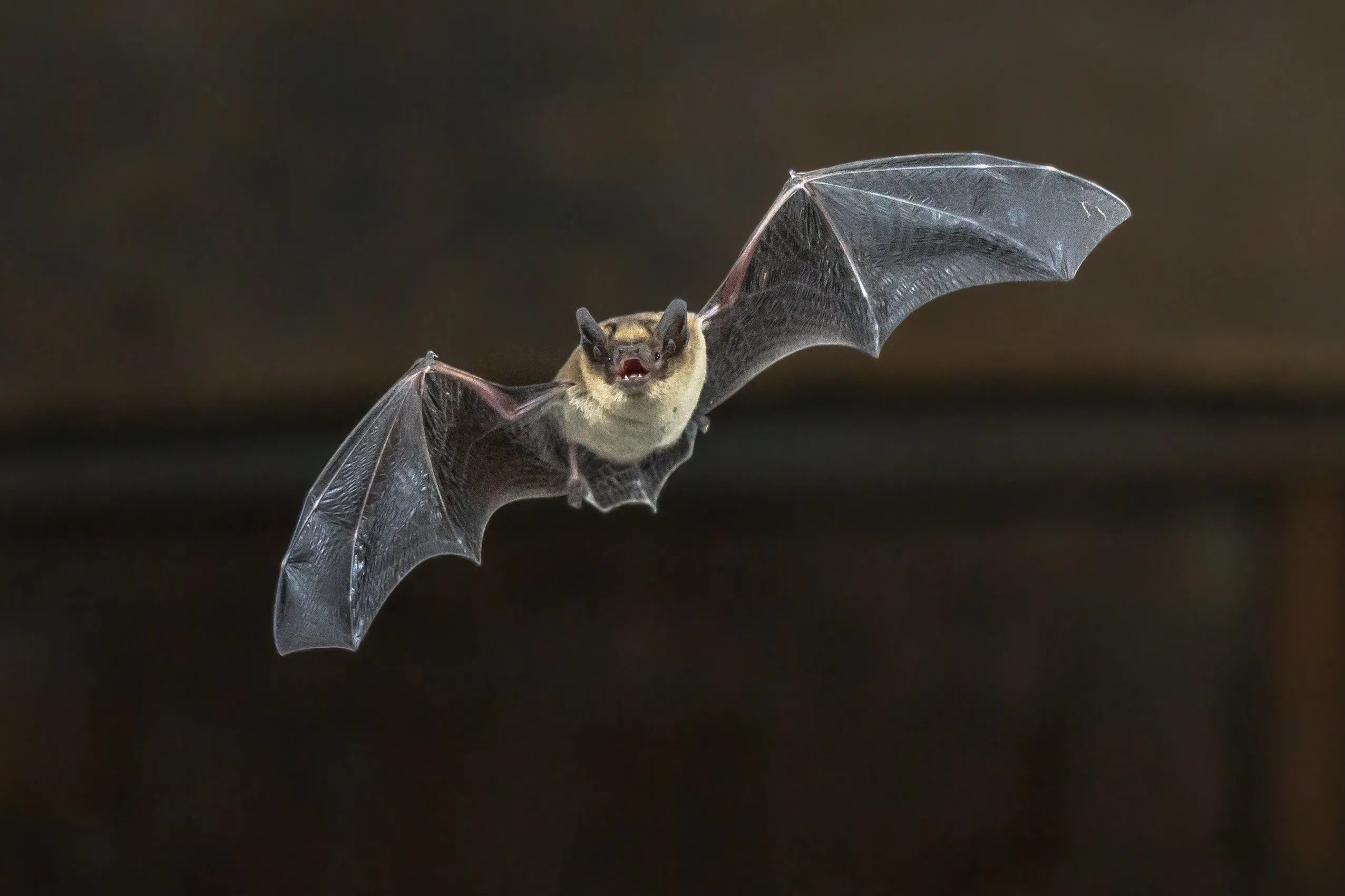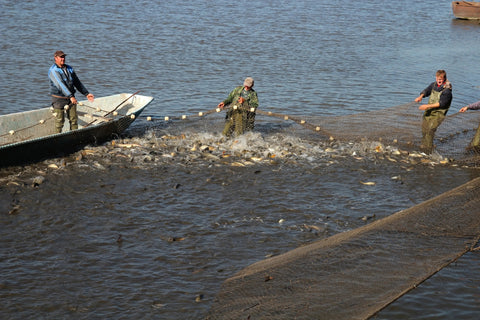Blog / Diagnostics
Rapid Field-Based Testing of SARS-CoV-2 in Wild and Farmed Animal Populations

Varizymes’ scientists, through funding from the USDA* and in collaboration with ADRL, South Dakota State University (Brookings) and Athens Veterinary Diagnostic Laboratory, (University of Georgia), have developed a diagnostic assay, COVISelect™, for rapid detection of SARS-CoV-2. This diagnostic assay is based on TORCH™ multiplex loop-mediated isothermal amplification technology (TORCH mLAMP). The COVISelect test enables simultaneous, real-time fluorescence readout of both an internal control and SARS-CoV-2 targets, and is being used to monitor SARS-CoV-2 in wild and farmed animal populations.
1. SARS-CoV-2 in Animals
The COVID-19 pandemic killed millions and devastated economies globally. There is a critical need for surveillance systems to monitor SARS-CoV-2 prevalence not only among humans but other potential animal carriers as well.
There have been numerous cases of SARS-CoV-2 infections in wild, zoo and farmed animal species (1). Although the risk of animal-to-human transmission may currently be low, animal populations can serve as reservoirs for the virus, fostering the emergence of new strains. Thus, there is a need for early detection of SARS-CoV-2 in animal populations to minimize or hopefully prevent future outbreaks of disease.
2. An Unmet Need for Field-Based Testing
Widespread and rapid animal testing of SARS-CoV-2 requires a field-based test that is easy to use, portable, fast and accurate. Current methods, like quantitative PCR, usually require that test samples are shipped to a reference laboratory, as the technology requires complex
instrumentation and a highly trained technical staff. The test-to-result time frame can often be days or weeks, reducing the ability for scientists to react quickly to an outbreak.
3. Loop-Mediated Isothermal Amplification
LAMP (loop-mediated isothermal amplification) is a method for rapid and specific amplification of a DNA or RNA target. The method is simple, as it operates at a constant temperature and does not require expensive and complex thermocycler instrumentation. Amplification is factorial and test results are available in minutes.
4. Multiplex LAMP
One limitation of traditional LAMP is its inability to amplify more than one target. Varizymes has developed a novel multiplex LAMP method, called TORCH mLAMP, that enables simultaneous real-time fluorescence detection of a control and up to three targets.

5. An Easy-to-Use Test
An effective field-based test must be easy to use and portable. The Varizymes' COVISelect test employs a ready-to-use, lyophilized master mix, simplifying the testing process. In addition, the test works well with unpurified samples, eliminating the need for nucleic acid extraction.
A critical component of LAMP assays is the strand-displacing DNA polymerase. Varizymes has engineered a Bst-like DNA polymerase, neoBolt™ Bst DNA Polymerase, for high reverse transcriptase activity, making it ideal for testing RNA as well as DNA targets.
Finally, testing can be completed on-site in under 30 minutes (including sample preparation) using a portable, battery-operated heat source and fluorometer.
6. Final Thoughts
The Varizymes' COVISelect test has a sensitivity and specificity on par with qPCR but is far faster, providing test results within 30 minutes. The test can also detect multiple variants of SARS-CoV-2. Samples no longer need to be sent to a reference lab, enabling scientists to rapidly respond to a potential outbreak and minimize the spread of disease.
7. References
1. Goldberg, A.R., Langwig, K.E., Brown, K.L. et al. Widespread exposure to SARS-COV-2 in wildlife communities. Nat Commun 15, 6210 (2024). https://doi.org/10.1038/s41467- 024-49891-w
*Project funded by USDA-APHIS-10025-OA000000-23-0001, "Surveillance, rapid detection, and characterization of SARS-COV2 in farmed and wild animals." Any opinions, findings, conclusions, or recommendations expressed on this website are those of the author(s) and do not necessarily reflect the view of the U.S. Department of Agriculture.




